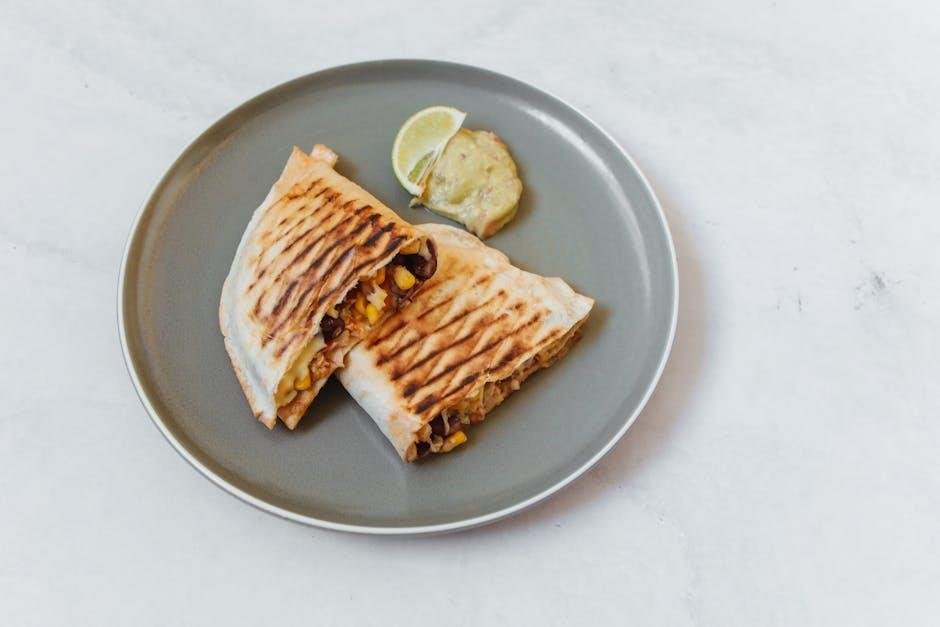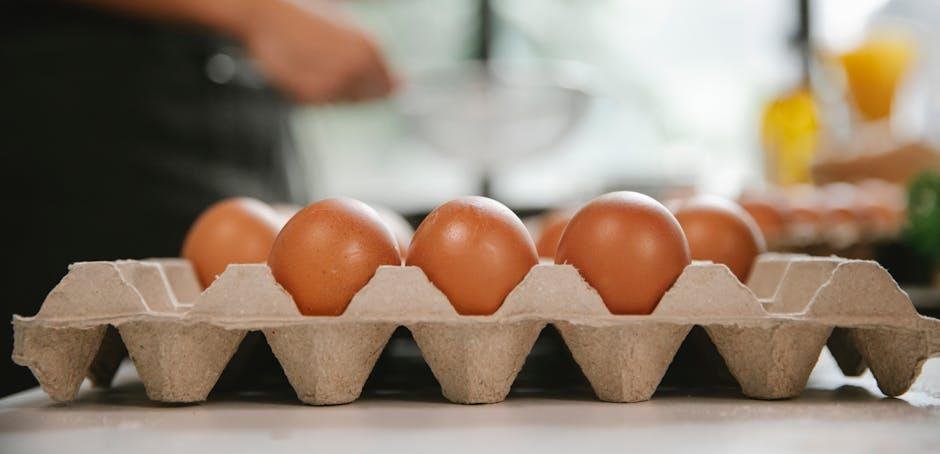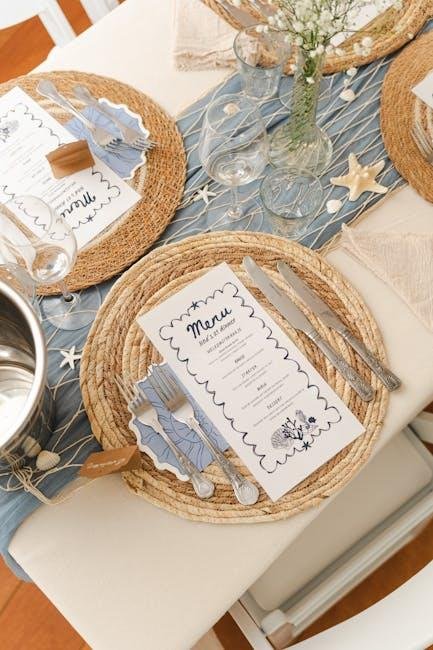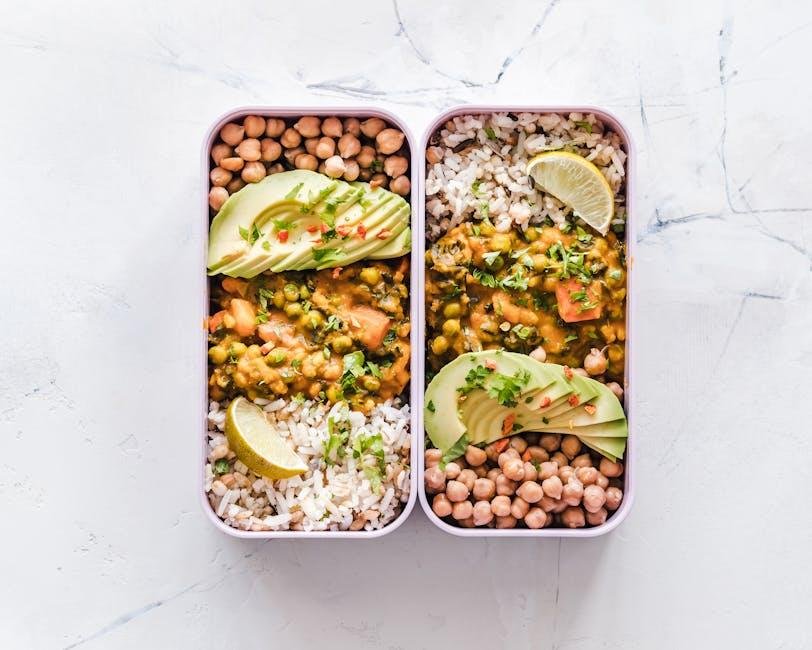How to Meal Prep Like a Pro: A Guide to effortless Eating
In today’s fast-paced world, finding time to prepare nutritious meals can feel like an uphill battle. Enter meal prepping—the culinary trend that not only saves you time and money but also keeps your diet on track. Imagine opening your fridge and being greeted by an array of colorful, ready-to-eat meals, each one thoughtfully crafted to fuel your day. Meal prepping isn’t just about cooking in bulk; it’s an art that combines strategy,creativity,and a dash of discipline. In this article, we’ll guide you through the essentials of meal prepping like a pro, transforming your kitchen into a hub of efficiency and flavor. Whether you’re a busy professional, a student juggling schedules, or simply someone looking to simplify their eating routine, get ready to unlock the secrets of this culinary lifesaver. Let’s dive in and discover how to turn cooking into a seamless,enjoyable part of your lifestyle!
Mastering the Art of Planning Your Meals Efficiently
To streamline your meal prep process,it’s essential to embrace a structured approach. Start by dedicating a specific day each week to plan and prepare your meals. This not only sets a routine but also helps allocate kitchen time efficiently, reducing stress during busy weekdays. Consider creating a meal calendar to visualize your weekly menu, which can include:
- Family favorites - meals everyone enjoys
- Nutritionally balanced options
- New recipes to keep things exciting
- Quick snacks for between meal hunger
Next, turn your attention to procurement and cooking logistics. Before heading to the grocery store, ensure that you have a comprehensive shopping list derived from your meal calendar. This minimizes impulse buys and enhances the efficiency of your shopping trips. Once at home, batch-cook core components like grains and proteins, and invest in quality storage containers to keep ingredients fresh. HereS a brief summary of effective storage strategies:
| Food Item | Storage Tip |
|---|---|
| cooked grains | Store in airtight containers to prevent drying out. |
| Chopped Vegetables | Use bags or containers with moisture-absorbing pads. |
| Proteins | freeze in portioned sizes for easy thawing. |

Essential Tools and Ingredients for Successful Meal Prep
To embark on your meal prep journey, it’s essential to have the right tools that can streamline the process and make your time in the kitchen more efficient. Start with quality containers that are both sturdy and versatile.look for options that are microwave, dishwasher, and freezer safe to accommodate various meal types. Additionally, having a sharp chef’s knife and a reliable cutting board are crucial for swift ingredient readiness. Don’t underestimate the power of a food scale, as it helps you measure portions accurately, ensuring your meal prep aligns with dietary goals.
Equipping your kitchen with the right ingredients is equally vital. Stock up on whole grains, such as quinoa and brown rice, to serve as nutritious bases for your meals. Incorporating a variety of fresh vegetables, like bell peppers, broccoli, and spinach, will not only enhance flavor but also boost the nutritional value of your dishes. Moreover, familiarize yourself with essential spices and herbs that can bring your meals to life. Here’s a quick reference guide for some must-have items:
| Category | Examples |
|---|---|
| Containers | Glass jars, BPA-free plastic boxes |
| Cooking Tools | Chef’s knife, cutting board, measuring cups |
| Staple Ingredients | Quinoa, brown rice, canned beans |
| Fresh produce | Broccoli, bell peppers, carrots |
| Spices/Herbs | Garlic powder, basil, cumin |

Creating a Versatile Menu That keeps Things exciting
To keep your meals fresh and exciting, it’s essential to create a versatile menu that caters to various tastes and meets nutritional needs. Start by mixing flavors and textures throughout your week. Consider incorporating ingredients from different cuisines, such as:
- Italian: Zucchini noodles topped with marinara sauce
- Thai: Coconut curry with tofu and veggies
- Mexican: Quinoa-stuffed bell peppers
Additionally, leverage seasonal produce and local ingredients to offer variety without overwhelming your schedule. Implement a base and topping strategy where you prepare several staple dishes and allow your toppings to change. Common bases could include:
- Brown rice
- Whole grain pasta
- Leafy greens
| Base | Protein Choice | Vegetable Add-on | Sauce/Dressing |
|---|---|---|---|
| Brown Rice | Grilled Chicken | Broccoli | Soy Sauce |
| Whole Grain Pasta | Chickpeas | Spinach | Pesto |
| Leafy Greens | Roasted Salmon | cherry Tomatoes | Balsamic Vinaigrette |

Storing and Reheating Tips for Maximum Freshness and flavor
after putting in the effort to prepare your meals, proper storage is crucial to preserving their taste and nutritional value. Invest in high-quality airtight containers to prevent moisture and air from compromising your food. As you store your meals, consider separating ingredients that may lose texture, such as sauces and crisp vegetables, until you’re ready to eat. Label your containers with dates and contents to ensure you enjoy your meals at their freshest!
When it’s time to reheat, keep flavor at the forefront. Using the stovetop or an oven can help to maintain texture better than a microwave, especially for dishes like casseroles or roasted vegetables. If using a microwave, cover your food with a microwave-safe lid to trap steam and avoid drying out. For quick reference, here’s a simple guide on reheating methods:
| Food Type | Preferred Reheating Method |
|---|---|
| Casseroles | Oven at 350°F for 20-30 minutes |
| Grains (rice, quinoa) | Stovetop with a splash of water or microwave |
| Soups and Stews | Stovetop over low heat |
| Roasted Veggies | Oven at 375°F for 10-15 minutes |
Future Outlook
As we wrap up our journey into the art of meal prepping, remember that the key to mastering this skill lies in consistency and creativity. By planning ahead, you not only save time and reduce stress during busy weekdays, but you also cultivate a healthier relationship with food. Embrace the process of experimentation—mix and match flavors, explore new recipes, and let your palate guide you. Whether you’re prepping for one or a whole family, each neatly packed container is a small step towards better nutrition and a more balanced lifestyle. So, roll up your sleeves, grab those containers, and let the adventure of meal prepping begin. Your future self will thank you!



